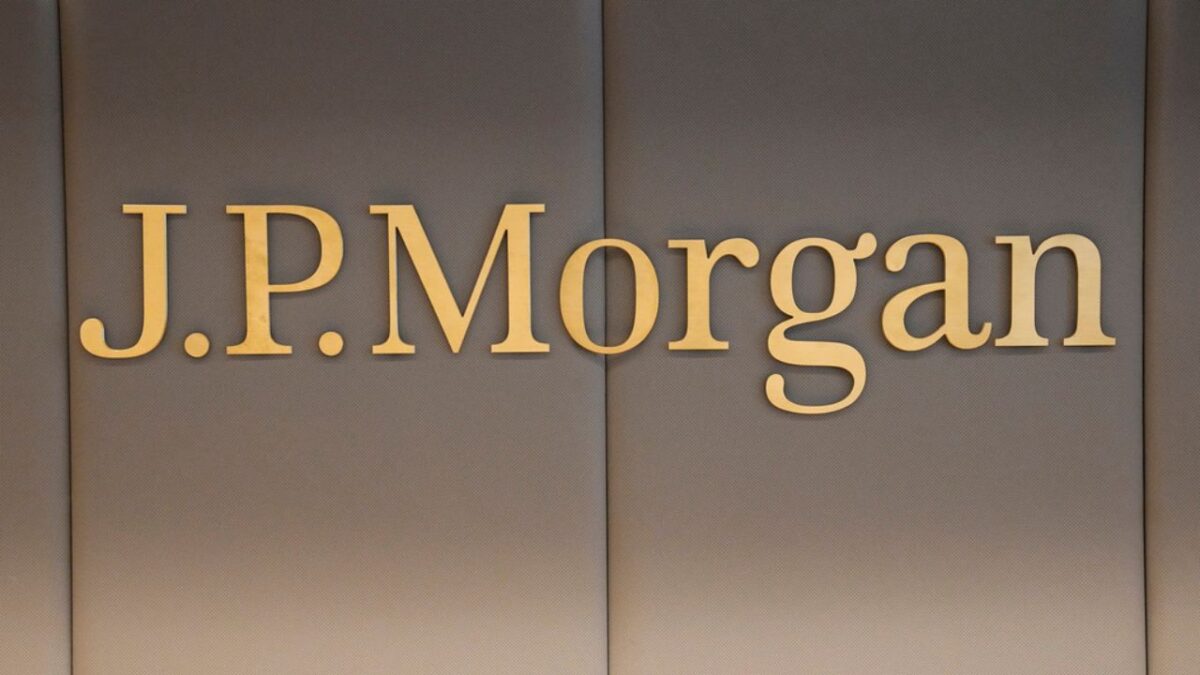JPMorgan Brass Ignored Red Flags for Years as Epstein Moved $1B Through Bank: NYT

(AP Photo/Michel Euler, Pool, File)
JPMorgan Chase executives spent years overriding internal warnings about Jeffrey Epstein’s financial activity, allowing him to move more than $1 billion through the bank, according to a detailed investigation published Monday by The New York Times Magazine.
The report – by David Enrich, Matthew Goldstein and Jessica Silver-Greenberg, who collectively reviewed more than 13,000 pages of bank records, deposition transcripts and financial data – shows that Epstein’s relationship with JPMorgan stretched over decades and survived repeated alarms from compliance officers and senior lawyers.
By the early 2000s, according to the journalists, Epstein had become one of JPMorgan’s most lucrative clients. His accounts held more than $200 million, generating millions in fees and placing him atop an internal list of moneymakers. He brokered a $1.3 billion acquisition of Highbridge Capital in 2004 that proved pivotal for the bank, collecting a $15 million fee himself. In 2011, JPMorgan paid him another $9 million to settle litigation tied to its purchase of Bear Stearns.
Yet behind the scenes, compliance specialists were sounding alarms. In 2003 Epstein withdrew more than $175,000 in cash, a red flag for potential criminal activity. In 2004 and 2005, he took out more than $1.7 million in cash, much of it later linked to payments to underage girls. At Epstein’s request, the bank even opened accounts for two young women without verifying their identities.
The warnings escalated further, according to the report.
In 2006, after Epstein was indicted in Florida for soliciting a minor, a JPMorgan team considered cutting ties but ultimately kept him.
In 2008, when Epstein pleaded guilty and became a registered sex offender, bankers again pressed to expel him. Instead, according to The Times, executives including Jes Staley, then head of the private bank and later a contender to succeed Jamie Dimon as chief executive, argued to retain him.
Internal records viewed by The Times show that Staley not only defended Epstein but cultivated a personal friendship, visiting his properties and exchanging emails laced with coded references. At one point, Staley told colleagues he would “trust Epstein with his daughters.” He also shared confidential details about JPMorgan’s business strategy.
Not all inside the bank agreed. William Langford, head of compliance, wrote that Epstein’s “frequent large cash withdrawals and wire transfers” matched patterns of human trafficking.
General counsel Stephen Cutler, after meeting Epstein in 2011, concluded bluntly: “This is not an honorable person in any way. He should not be a client.” Both were overruled.
Even as scrutiny intensified, JPMorgan extended Epstein $50 million in new credit in 2010 and allowed him to shift nearly $300,000 in withdrawals through his aviation company in 2012 to avoid detection.
By the time federal regulators issued a cease-and-desist order in 2013 over the bank’s anti-money-laundering failures, his accounts reportedly held $176 million, which he promptly transferred to Deutsche Bank.
JPMorgan spokesman Joseph Evangelisti told the New York Times Magazine in a statement the relationship “was a mistake and in hindsight we regret it, but we did not help him commit his heinous crimes.”
He added: “We would never have continued to do business with him if we believed he was engaged in an ongoing sex trafficking operation.”
In 2023 the bank paid $290 million to settle a lawsuit brought by roughly 200 of Epstein’s victims and another $75 million to resolve related litigation filed by the U.S. Virgin Islands, where many of his crimes occurred.
But as The Times noted, the fallout has been limited. No regulator took action, no executives lost their jobs, and Dimon remains one of the most powerful bankers in the world.




